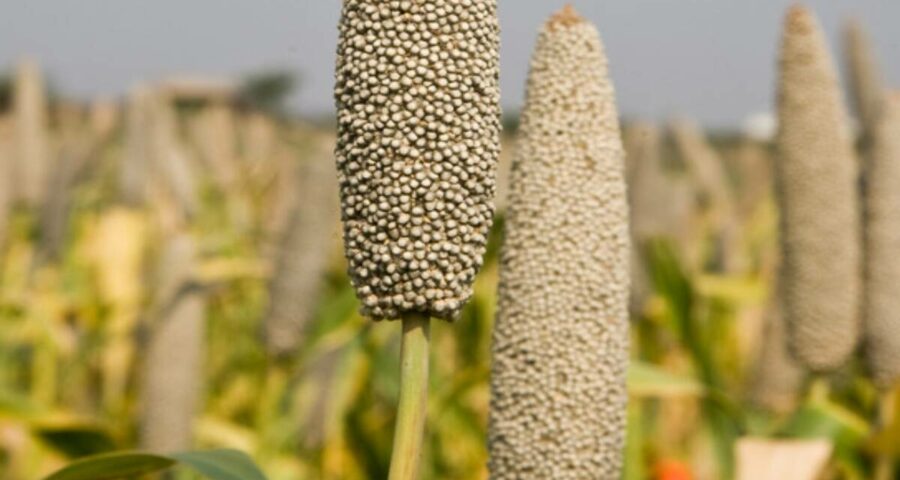Hyderabad-based International Crops Research Institute for the Semi-Arid Tropics (ICRISAT) led the study by seven organisations across four countries. The findings were published on October 14 in Frontiers in Nutrition
Regular consumption of millets can improve haemoglobin and serum ferritin levels to reduce iron-deficiency anaemia, according to a new study. The recently published research, a meta-analysis of 22 studies on humans and eight laboratory studies on millets consumption and anaemia, was undertaken by seven organisations across four countries and was led by Hyderabad-based International Crops Research Institute for the Semi-Arid Tropics (ICRISAT).
“The study concluded that millets can provide all or most of the daily dietary iron requirements of an average person. Although the amount of iron provided depends on the millet variety and its form of processing, the research clearly shows that millets can play a promising role in preventing and reducing high levels of iron-deficiency anaemia,” highlighted Dr S Anitha, the study’s lead author and senior nutritionist at ICRISAT.
The researchers found that millets increased haemoglobin levels by as much as 13.2 per cent. Four studies in the review also showed serum ferritin increasing by an average of 54.7 per cent. Ferritin is an iron-containing protein in the blood and is a clinical marker for iron deficiency.
The studies in the analysis involved nearly 1,000 children, adolescents and adults, and six different millet types – finger millet, pearl millet, sorghum and a mixture of kodo, foxtail and little millets. The participants in the studies were found to have consumed millets for anywhere between 21 days and 4.5 years. The findings were published on October 14 in Frontiers in Nutrition, a peer-reviewed, open-access journal in nutrition, clinical nutrition, metabolism, epidemiology and food science.
The research also showed that processing can significantly increase the amount of iron bioavailable. For example, millet snacks made by expansion (extrusion) increased bioavailable iron 5.4 times, while fermentation, popping and malting more than tripled the iron bioavailable. Germination (sprouting) and decortication (dehulling) more than doubled the bioavailable iron.
Dr Hemalatha, director of National Institute of Nutrition (NIN), said that the results of the meta-analysis based on 19 efficacy studies conducted on anaemic individuals indicate that including millets in our daily diets, as a meal or beverage, decreases anaemia. “Contrary to the belief that micronutrients in millets are not bioavailable, the findings have shown that when millets are included as part of a balanced diet, the iron from millets is bioavailable and improves the haemoglobin status of the participants.”
“It has been proven that iron-deficiency anaemia affects cognitive and physical development in children and reduces productivity in adults. The need for a solution is critical, and therefore bringing millets into mainstream and government programs is highly recommended,” said Dr Jacqueline Hughes, director-general of ICRISAT, adding 1.74 billion people in the world were anaemic in 2019 and that the number is only rising.
Source: Read Full Article


